“Real things don’t frighten me, just the ones in my mind do,” wrote Francesca Woodman as if summing up her short but brilliant career, which she spent examining herself as a subject. Like her, many other photographers, especially women, have turned the camera upon themselves in order to explore the limits of photographic truth and imagination. It is a territory laden with moral, ethical and perceptual traps. The autobiographical representation in photography always brings up the frayed edges of an individual’s ability to “frame” oneself within and apart from society. To what degree are we the product of social forces? Can subjectivity really exist or does it only play out like a premeditated performance on the stage of the everyday? Since the 1960s, when Andy Warhol began to record and expose himself and his milieu in all its tarnished glory, the borders of “private” only seem to exist as a spectacle that today, is bound to end up as a bathroom selfie on Facebook or a sex-tape on a pornographic website.
Despite this, the intimate space continues to command our attention, holding some promise of insight and revelation. The five photographers included in this exhibition address the topic from ground up, but take it to often puzzling directions. As practitioners who must tackle the dilemmas of contemporary documentary photography they also face the issues of being professional women photographers who are also wives and mothers living and working in Armenia. Here, they confront a conservative cultural ethos, which has traditionally shied away from investigating the dimension of privacy in the social eye of photography.
The question is thus doubly problematic. In the age of constant public self-display and post-structural critical theory the notion of “personal space” appears to have disintegrated into a meaningless farce. At the same time photographers are compelled to return to it, in order to investigate the specificity of personal experience in the maelstrom of our consumerist reality.
In her folio of Instagram snapshots, Nazik Armenakyan returns to the basics, depicting what is possibly the most derided space in post-feminist consciousness: the kitchen. Ostensibly the place where the photographer looks after her family, the kitchen, however, is transformed into an observational platform thanks to the large window facing the strange semi-urban landscape outside. The interloping images of the room and the exterior views/reflections create a tension that hints at the internalization of the outside world by the photographer. In this way, this routine area of feminine “confinement” suddenly becomes a place where the photographer generates self-narrativization and sharpens the sovereignty of her gaze.
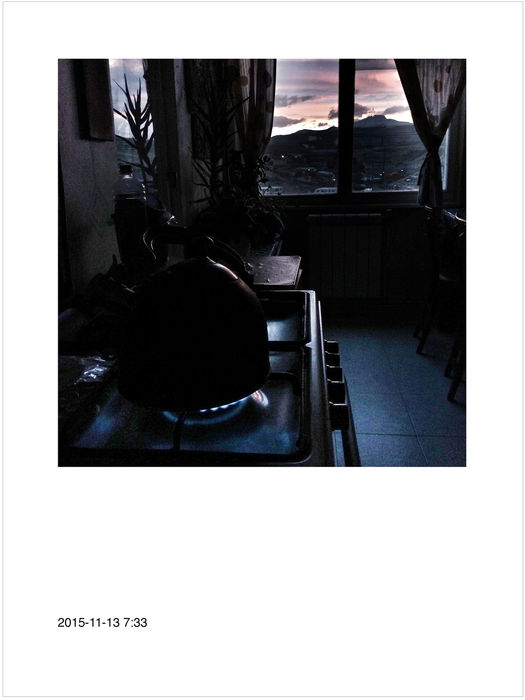
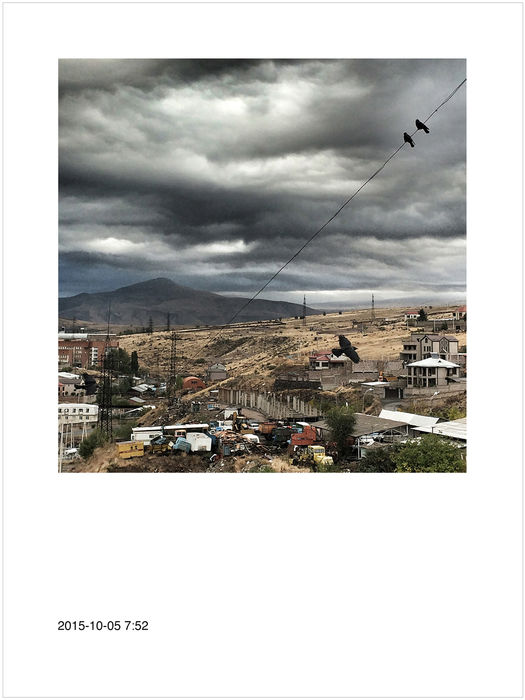
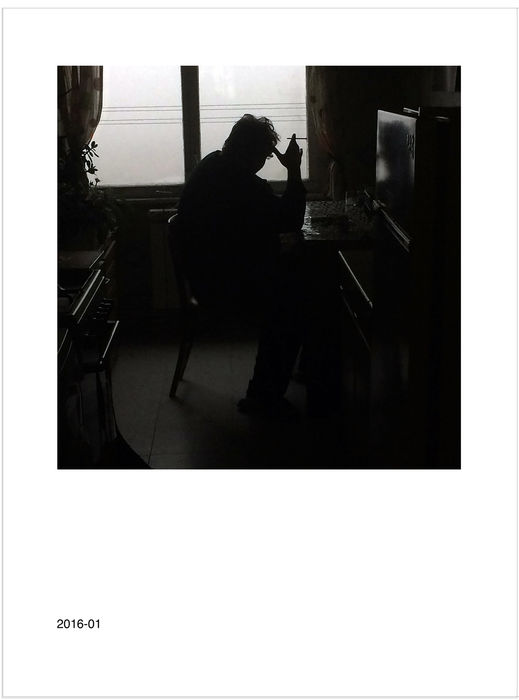

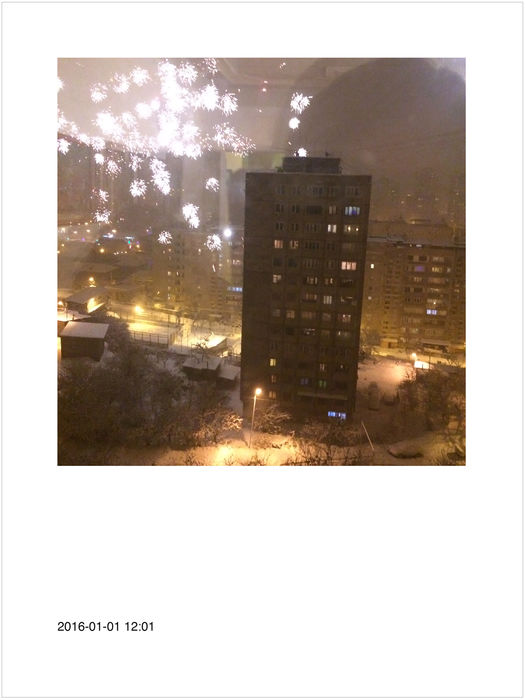
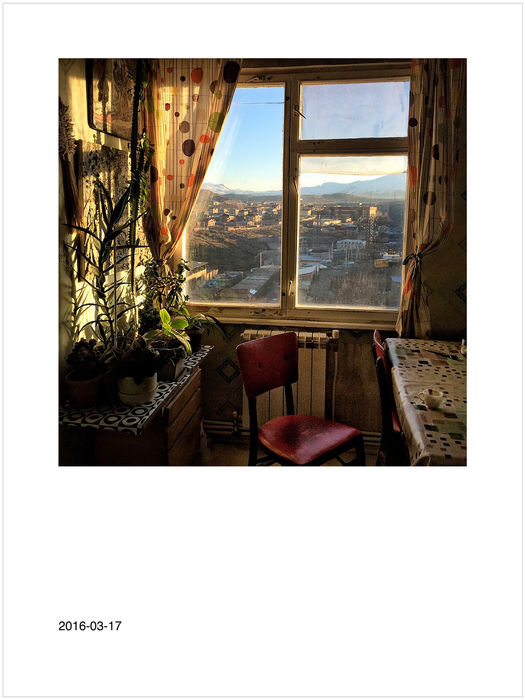
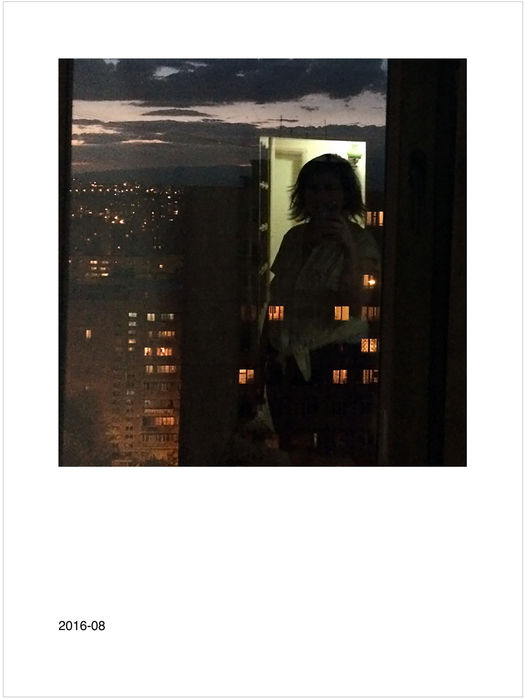

Nazik Armenakyan.

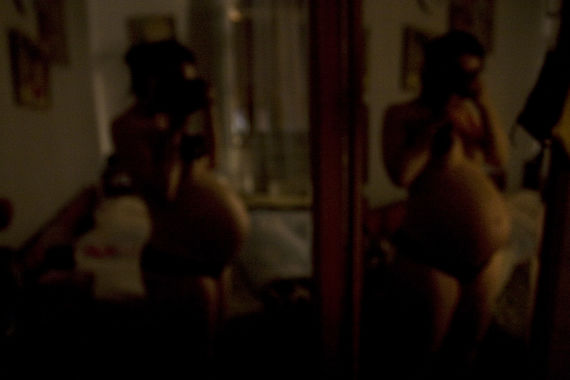
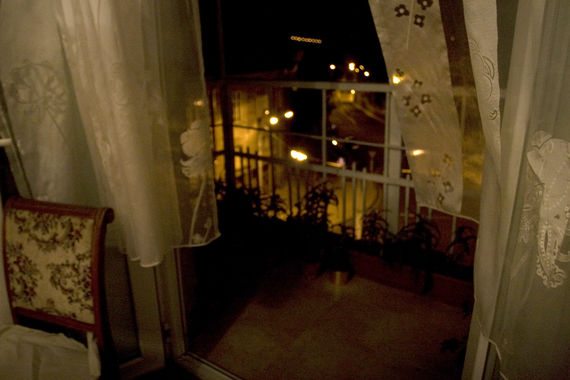


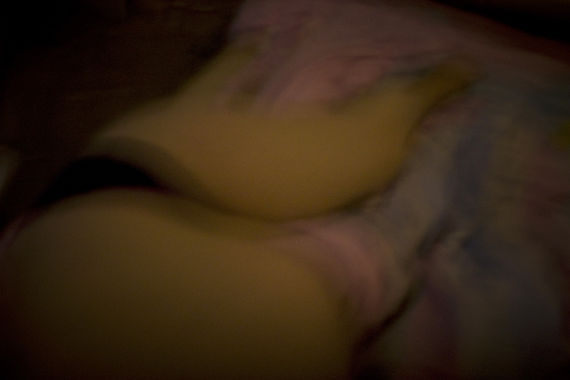
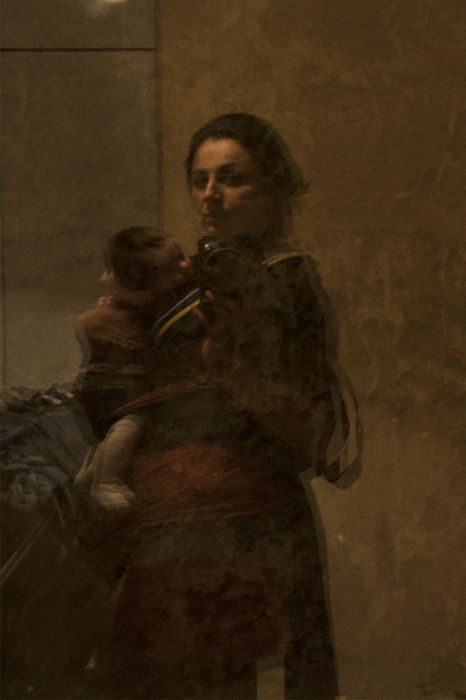
Anahit Hayrapetyan.
Transparent and deformed, Nelli Shishmanyan’s painfully frank self-portrait series continues this dialogue on the murky interchangeability of self-analysis, confession and self-exposure. Having recorded herself during the post-surgical period of healing, Shishmanyan confronts the viewer with the paradox of the face.
Is this the site that represents our subjective being or is it merely a calling card that we indifferently distribute in society? Finally, is this façade really our own?
Shishmanyan’s fragile photographs powerfully speak of the (contemporary) duality of the face as a mask and an unstable tool for constructing a sense of identity.

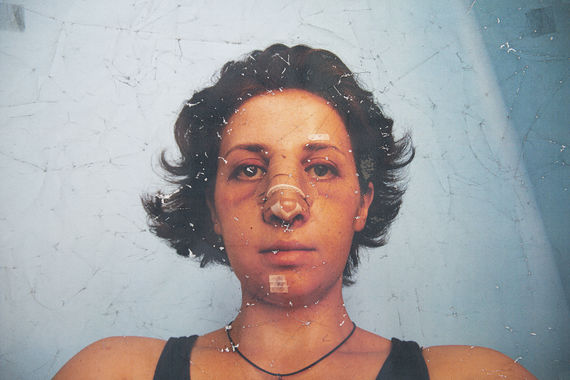
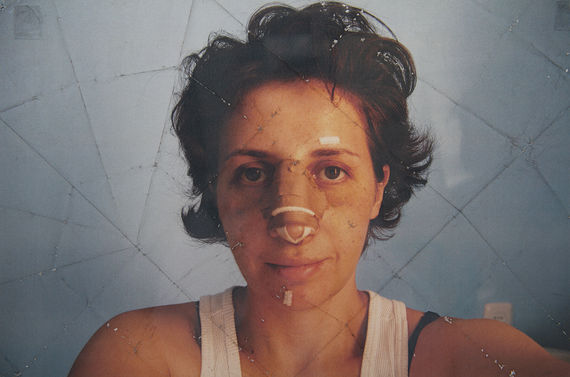

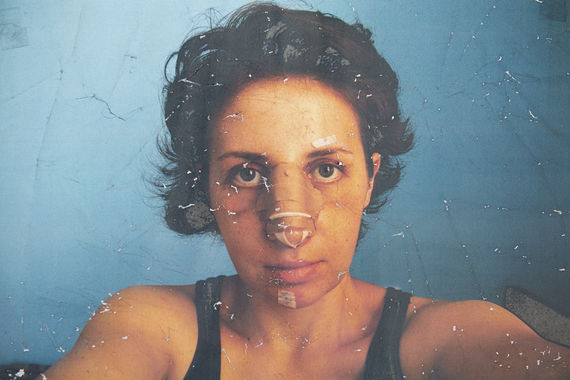
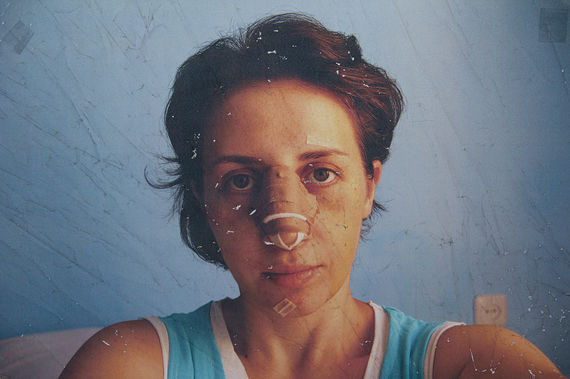
Nelli Shishmanyan.
The search for the truly personal domain has taken Anush Babajanyan far outside the limits of the house and the body, towards abandoned and disintegrating public buildings that contain barely legible traces of past existence. These melancholic spaces touchingly become alive as allegorical manifestations of disquiet and contemplation. This secret dialogue between the photographer and forsaken remnants of another era permits a transitory but genuinely private state of being, which photography can only allude to, but never fully disclose.

Anush Babajanyan.


An Ounce of Prevention Is Worth a Pound of Cure
Preventive healthcare can improve long-term health, increase lifespan and mitigate high medical expenses. While a number of programs are being implemented to help prevent illnesses and disease, people are not often taking advantage of those services.
Armenia Delivers 1 Million COVID-19 Vaccine Doses
With the COVID-19 pandemic in its third year, it is imperative that we push forward with the goal of vaccinating at least 50% of Armenia’s over-18 population with a first dose by the end of 2021, writes public health specialist Araz Chiloyan.
Piruza Khalapyan.
* The exhibition “A Room of a Photographer’s Own” was organized by 4Plus Documentary Center with the support of Lusadaran Armenian Photography Foundation, curated by Vigen Galstyan. December 21-January 15, 2016, Yerevan.
Text by Vigen Galstyan, images courtesy of the artists.



